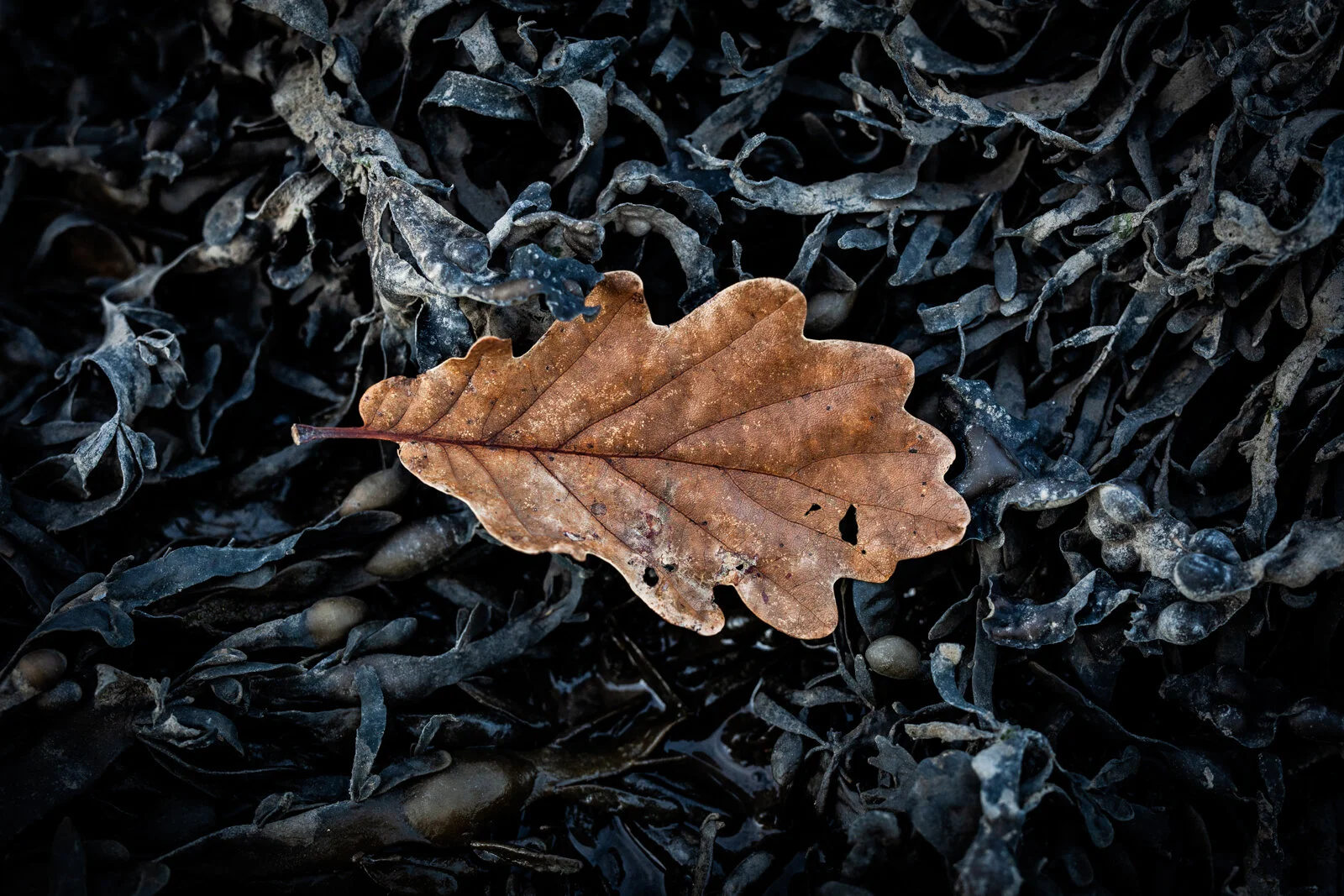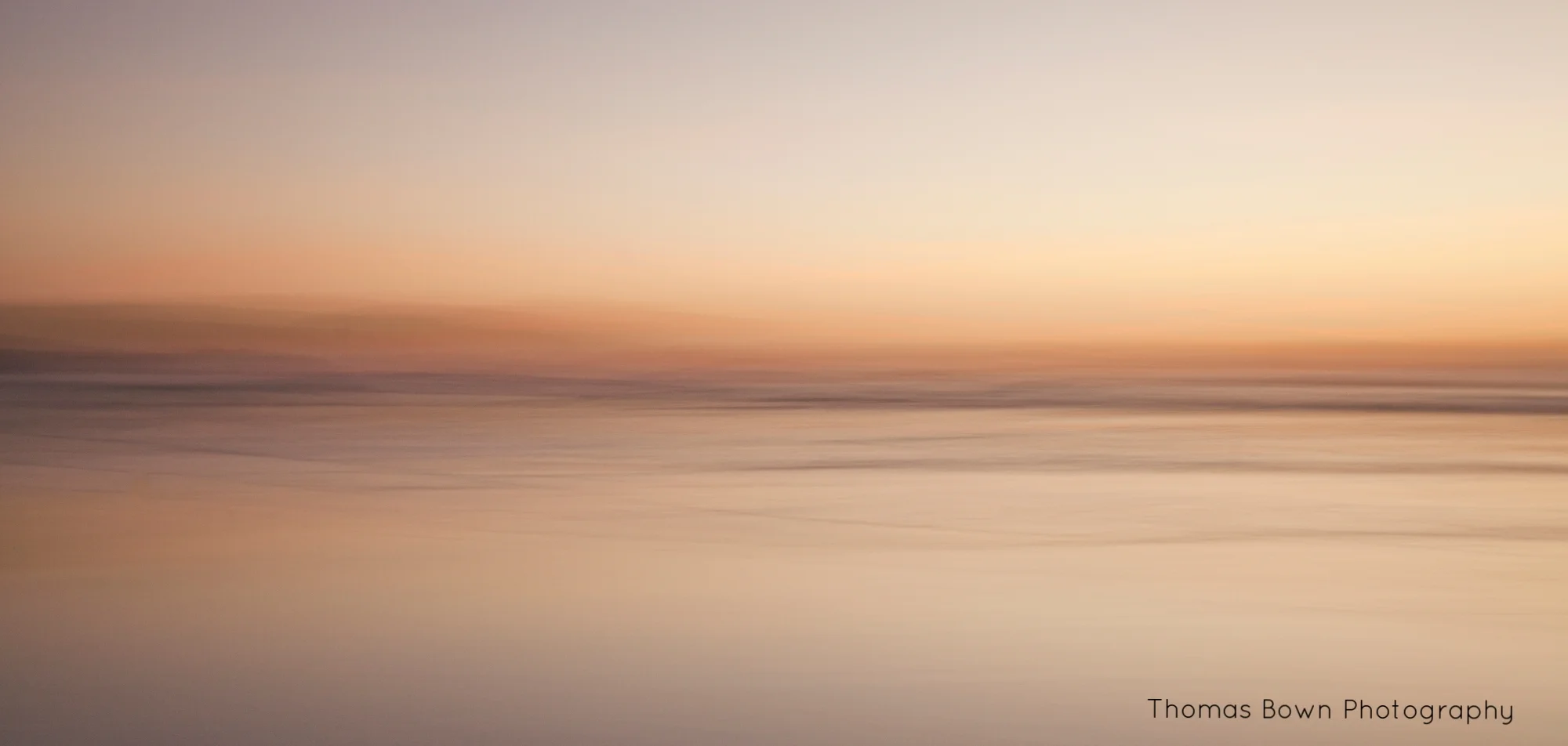After what seems like a few weeks of wall to wall sunshine, the weather broke with typically British contrast to bring high winds and rain over the bank holiday and into this week. In all the sunshine I’ve barely touched the camera and was beginning to feel a bit lacking in motivation to go out and take a photograph. Sunny weather is for riding bikes. Dramatic weather is not for riding bikes but is for taking photos. Today, I thought it worth the effort to head off to Porthgain. I was intending to shoot a landscape that included the usual coastal spring flowers which are in bloom but I found none on my short walk which became a race to find a nice view before the sun set. In the end I’d virtually given up on a shot as I couldn’t find any flowers and the cloud wasn’t behaving for a shot of the harbour markers which looked good against an incoming storm. A large and annoyingly square patch of bare sky ruined any composition I tried so I decided to look North instead. I managed to take a few frames here before the storm made landfall. Soon after this shot it enveloped the Strumble peninsula and a minute or so after that it arrived with me, hail battering my legs as I trotted back to the car. British weather reminding me that just because it’s May I shouldn’t rule out a good old hailstorm!
Technicals: This is a two shot panorama. I’d decided to take my 24-70 lens but the 24mm composition was a little too tight so I stitched two shots together in Lightroom to get a little extra width on the left of the frame to better show the approaching weather. I was shooting in aperture priority so one of the shots is eight seconds and one is five seconds (f8 ISO100). I should have shot in manual mode to make sure the exposure was even but in the end it didn’t matter and the three second difference in exposure isn’t really noticeable in the textures of the water.
The other version of this story is about inspiration and where it comes from. I was faffing around in the early stages of the evening wondering if I should go out at all. The weather wasn't inviting and I didn't feel like I wanted to drive anywhere if it was going to be a waste of time. In the end, as often happens, music helped get me out of the door. I'd been watching an episode of Classic Albums the night before about the Tears for Fears album Songs From the Big Chair and had already played Head Over Heels a good few times before a Youtube rabbit hole featuring Ian Brown's F.E.A.R and Stardust, Prince absolutely shredding the guitar solo on a live version of While My Guitar Gently Weeps, Massive Attack's Better Things and Home Again by Michael Kiwanuka. The combo was enough to spur me into action and off I went. I got to Porthgain playing the album So by Peter Gabriel at which point I lost phone signal meaning I could only play Don't Give Up on repeat. There's so much to enjoy in that song which has some loose relevance to Porthgain being about the decline of industry (although we can't blame Porthgain's industrial demise on Thatcher). I think it's got to be one of the best duets out there and when that gospel style piano kicks in before Peter Gabriel's penultimate verse, I'm lifted. The bass solo on the tracks outro is beautiful too so with no signal still, it goes on again... and again and again.
Being lost in musical reverie is a great mindset to take photos with. It inspires me to be reckless or meditative, to try and capture the epic or the mundane or sometimes to put the camera back in the bag and shoot nothing at all but enjoy a moment for the soul. When I got home editing was done to Neil Young live at the BBC in 1971 followed by Bill Withers live in '73 by which point it was late and time for bed. So it's thanks to Peter Gabriel, and other music makers and creatives that help me and many others produce our own work by providing inspiration through theirs. I feel that pictures, words, music and art of all kinds are all connected in some intangible way and combining them can be a special alchemy.

































